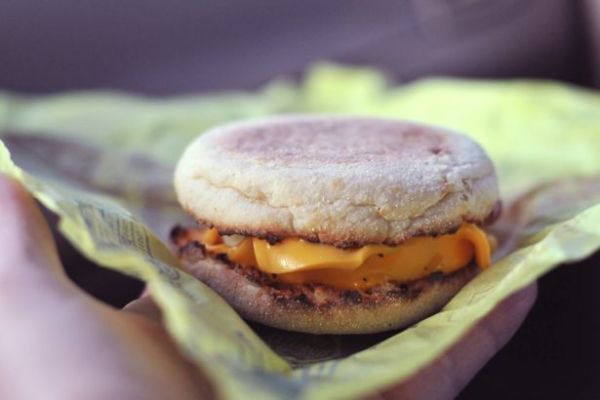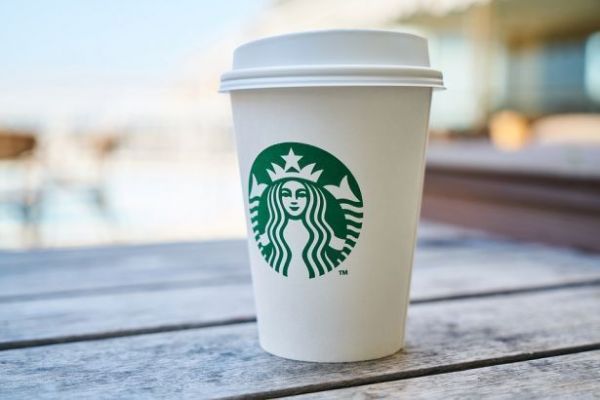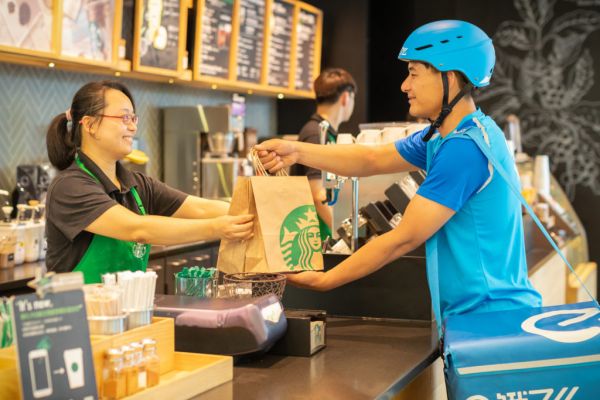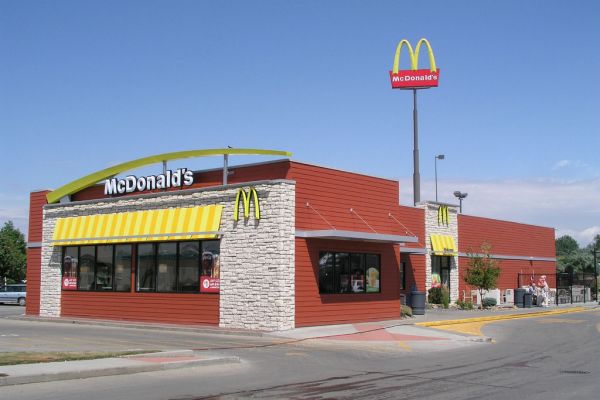All-day breakfast is beginning to lose its novelty for McDonald’s Corp.
When the company’s U.S. restaurants started serving Egg McMuffins and other morning fare at all hours in 2015, the change elated customers and fueled a year-long sales surge. But now the effect is waning: while overall earnings beat analysts’ estimates last quarter, domestic same-store sales fell 1.3 per cent.
The slowdown from all-day breakfast leaves McDonald’s in search of its next big source of U.S. growth. The company is looking to technology, such as touch screens and mobile ordering, to help fuel domestic sales. But it’s not clear how quickly that will pay off, said Michael Halen, an analyst at Bloomberg Intelligence.
“We still don’t know where the sales are going to come from,” he said. “People are in wait-and-see mode.”
McDonald’s shares fell as much as 2 per cent to $119.82 on Monday after the results were posted. The stock gained 3 per cent last year.
The picture was brighter overseas. Globally, same-store sales rose 2.7 per cent, topping the 1.4 per cent gain predicted by analysts. Profit was $1.44 a share in the period, compared with an estimate of $1.41.
In some markets, including the U.K. and Germany, McDonald’s is further ahead with technology upgrades such as self-service kiosks. Sales in the company’s “international lead markets” segment, which includes those key countries, rose 2.8 per cent in the fourth quarter. McDonald’s generates about two-thirds of its revenue outside the U.S., and the company has said its turnaround effort is further along aboard.
McDonald’s has said it plans to accelerate its technology spending. The investment will help fund new self-serve kiosks at U.S. restaurants and expand a smartphone ordering app across its 14,000 domestic locations, starting this year. The company has lagged behind competitors on the technology front. Starbucks Corp. and Dunkin’ Donuts boast millions of rewards-program members, while Taco Bell lets diners order via mobile app. Those types of programs frequently let restaurants lock in customers.
‘Challenging Comparison’
Chief executive officer Steve Easterbrook embarked on a turnaround at the world’s largest fast-food chain when he took the helm two years ago. Expanding breakfast - a long time request of customers - was a key part of the strategy, and it helped pull McDonald’s out of a domestic sales slump last year. But the sales bump has waned.
The company blamed its U.S. sales decrease in the fourth quarter on the “challenging comparison” with the all-day breakfast boost it got a year earlier. Despite the struggles, McDonald’s remains on track in its turnaround effort, Easterbrook said on a conference call Monday.
“We’ve built the foundation that’s enabling us to transition from turnaround to longer-term growth,” he said. “We’re now in a position to prioritise initiatives that will further strengthen our business.”
McDonald’s has worked to improve its food quality, a bid to appeal to a new generation of American diners. That includes removing artificial ingredients from popular items on its menu, eliminating preservatives from chicken nuggets and nixing high-fructose corn syrup from its buns. In other moves, McDonald’s declared its chicken antibiotic-free in the U.S., added real butter to its breakfast muffins and pledged to use cage-free eggs.
But the company still faces an industry wide restaurant slow down, bringing pressure to lower prices and offer more aggressive promotions. The breakfast change alone isn’t enough. The number of customers visiting McDonald’s restaurants has decreased for four straight years, dropping 2.1 per cent in 2016. The decline came as prices for groceries fell, prompting more Americans to skip restaurant trips as they dined at home more often.
“It was a bad quarter in the industry,” Halen said.
News by Bloomberg, edited by Hospitality Ireland









